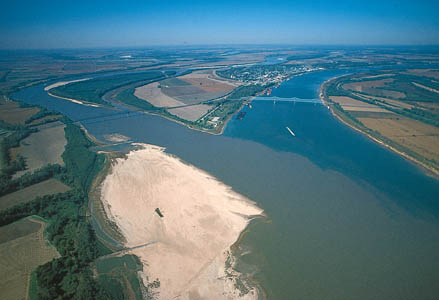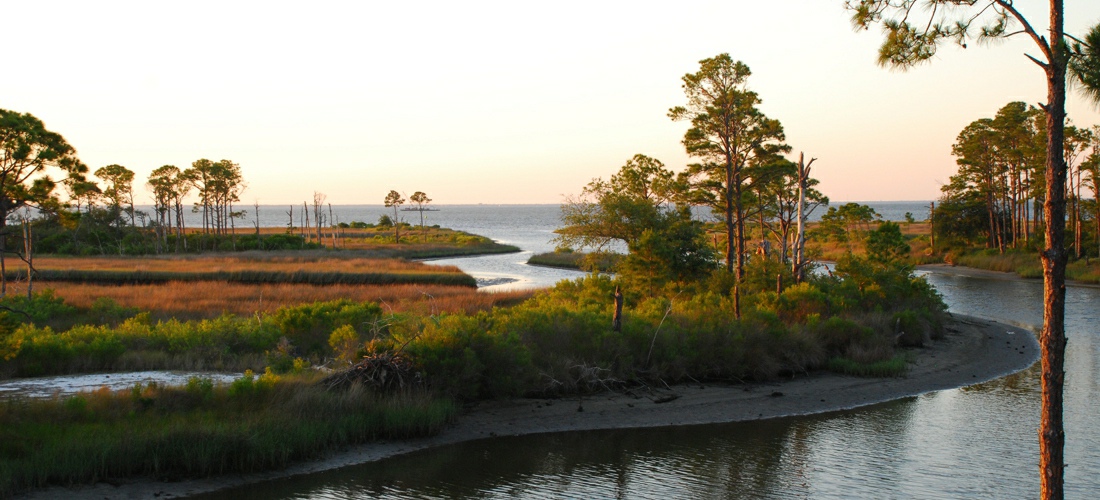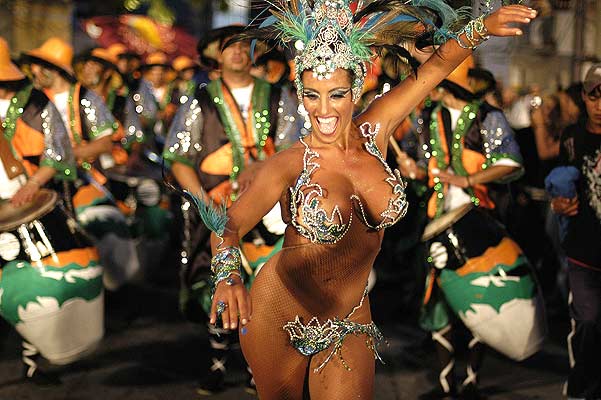If you’re looking for a quick, comprehensive ‘overview’ of the Mississippi River, give up now. There is no ‘quick’ way to describe except to leave out most of its very essence and point out a few facts. However we’ll do our best in the space allowed, and limit the subject to fishing and the river to its border with Missouri.
In the northern part of this section, above the city of St. Louis, the Mississippi is turned into a series of large river lakes by all the locks and dams. These lakes are great spots for largemouth bass, catfish and bluegill, and with the slow current they make for easier boating than the unobstructed river.
Tail races below the dams are known as excellent walleye and white bass fishing areas. If you keep your boat well away from the dam and drop night crawlers or jigs your odds of catching a few are pretty good. With the river as low as it is these days, it’s easy to reach the good spots, but you have to be an early bird; midday is generally siesta time as far as these fish are concerned.
North of St. Louis the river changes again, most of the locks and dams disappear and catfish grow large. The Columbia Bottoms Conservation areas where the Missouri River meets the Mississippi are the best catfish territory, but trophy Blue and Flathead catfish have also been caught miles south of St. Louis.
The Mississippi River south of St. Louis is usually referred to as Lower Mississippi, and the lower part of it still offers the biggest population of catfish in the whole country. However there are many other possibilities.
In the fall, look for white bass and striped bass below rock dams and at the mouths of creeks. In the spring you’ll find a lot of crappie in tributaries and in sloughs behind river islands. In backwaters especially, look out for invasive carp; silver carp are known to jump into angler’s boats.









